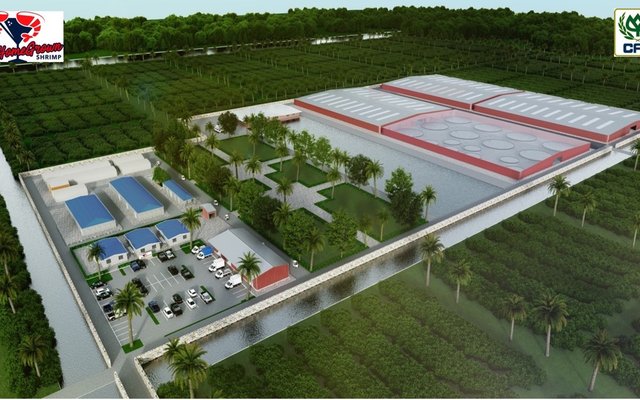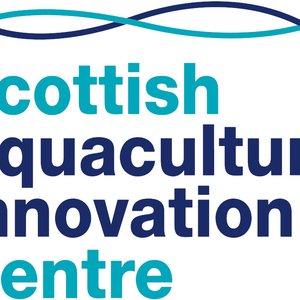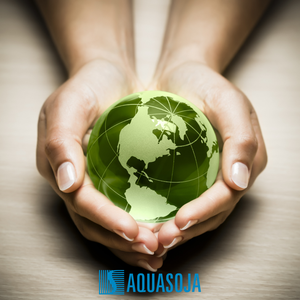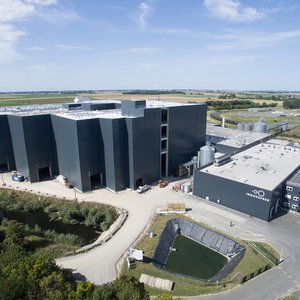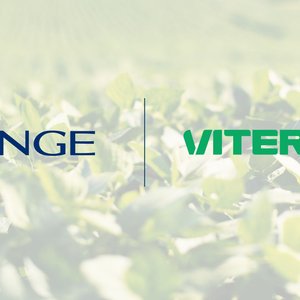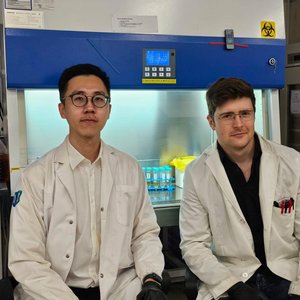Charoen Pokphand Foods PCL (CPF) is developing “Aquaculture 5.0” shrimp farm that can be cultured anywhere, any time of the year, completely biosecurity and zero discharged wastes, in the USA.
“It will be the most sustainable and reliable technology for culturing shrimp. Homegrown shrimp, our subsidiary in the USA, undertakes technologies that will culture shrimp anywhere in the world and in any season,” said Robins McIntosh, executive vice president at CPF.
He added that the shrimp farms are normally located near coastal areas. However, Homegrown shrimp farm takes an unconventional approach by operating an aquaculture farm on an inland location. Totally independent of the ocean, it operates with artificial seawater that mixes local water with salt. This strategic decision helps to reduce the cost of shrimp and impact on sensitive coastal environments.
Both the hatchery and farm are totally enclosed within a sealed temperature-controlled building allowing for shrimp culture at the optimum 30ºC year-round regardless of the outside temperature. The farm will be equipped with automation and mechanical processes to provide more efficient operation and reduce manpower. Moreover, the farm recycles all the water thereby economizing the salts for making artificial seawater and permitting licensing in even the most environmentally restrictive jurisdictions. All wastes from the farm will be captured and processed to an inert disposable product or possibly used as a byproduct for other applications.
Shrimp feeds eventually will be made from ingredients that are all sustainable, being neither marine meals nor soybeans from sensitive areas, McIntosh noted. It will be managed based on the “domesticated floc” technology used in the broodstock grow-out farms and will stock the fast-growing “CPF Turbo” post-larvae that has seen a successful result in CPF’s Asian operations. The fast-growing post larvae are critical in making this project economical.
Homegrown shrimp plans to get four crop cycles annually, with a yield of 20-25 kilograms/m2 in 8000 m2 of tank area, which will yield 190 tons of fresh shrimp per year 40 count.
“We are anticipating a minimum selling price of $15/kg or revenue of $2.85 million per year. Eventually, with the 20 hectares of land, we could have five farming units and the hatchery for a total production of 950 tons per year and revenues being $14.25 million per year,” McIntosh said.


